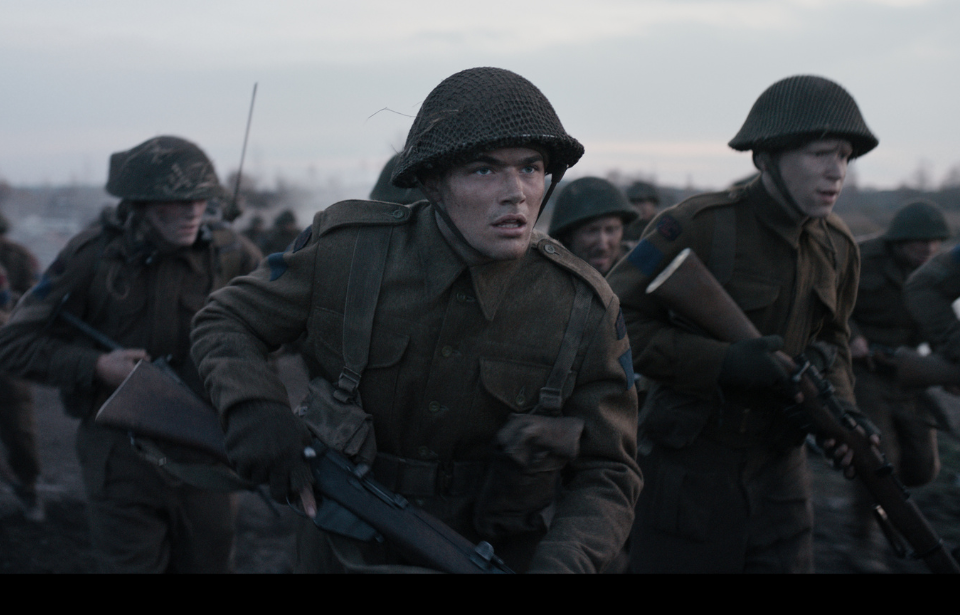The Forgotten Battle (2020) drew viewers in with its compelling depiction of a lesser-known part of the Second World War. The movie takes place in the Netherlands during the war’s closing months and is based on a monumental yet often ignored battle to capture the Scheldt estuary from the Germans.
The Forgotten Battle (2020)
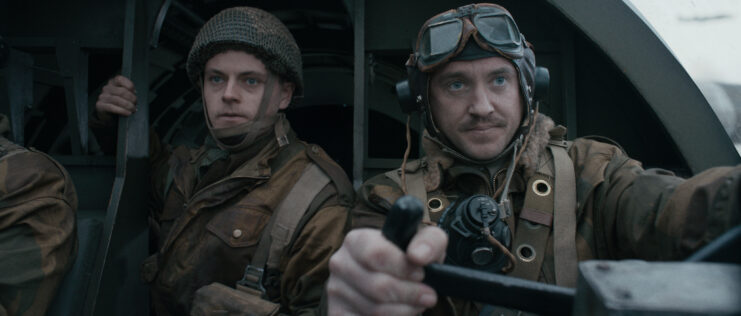
Directed by Matthijs van Heijningen Jr., The Forgotten Battle chronicles the often-overlooked events of the Battle of the Scheldt. The story follows a diverse group of characters navigating the brutality of war, among them a young Dutch Resistance member from Zeeland, a British glider pilot and a Dutch Axis soldier grappling with his conscience.
The strategically crucial Scheldt estuary becomes the center of the plot. Each of the three characters finds themselves involved in fighting, with the film following them in the lead-up to – and for the duration of – the grueling battle.
The Forgotten Battle was considered a great success upon its release, with Rotten Tomatoes giving it a critic score of 100 percent. Within 28 days of being on Netflix, the film had accumulated over 60.93 million hours watched, making it one of the service’s top 10 non-English movies of all time.
How historically accurate is The Forgotten Battle (2020)?
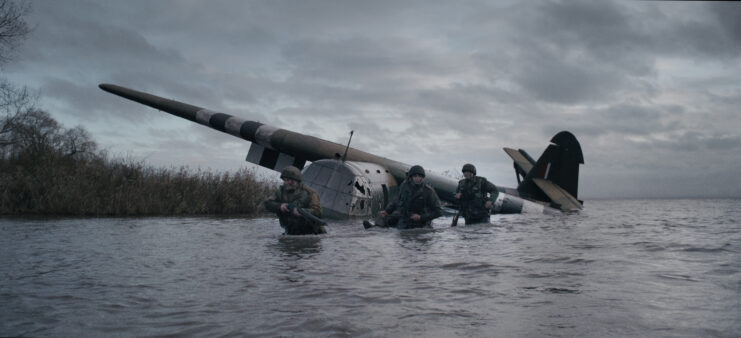
Given that The Forgotten Battle draws from real historical events, it’s natural to question the film’s accuracy. The major aspects of the movie are accurate, including the tactics and equipment used. The weapons, including the Lee-Enfield bolt action rifle and Bren light machine gun, are also very accurate.
However, the film takes liberties with its characters. None of the main characters are based on actual people; instead, they represent those involved in the Battle of the Scheldt. Similarly, the plotline involving the Dutch Resistance is a fabrication, even though the Resistance did work diligently to disrupt German forces. The nighttime raid that ultimately breached the enemy defenses near the end of the battle did occur, but it wasn’t driven by Resistance intelligence.
Lead-up to the Battle of the Scheldt
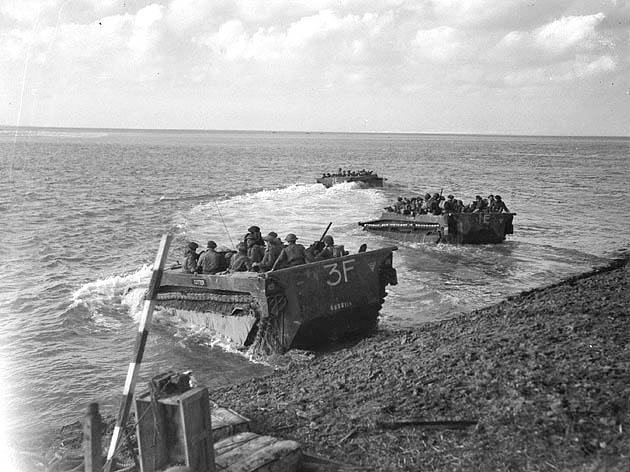
The Forgotten Battle accurately represented the Battle of the Scheldt, which is often overshadowed by Operation Market Garden, due to the offensives being launched within a month of each other.
By 1944, the Allies knew they needed to secure a port to resupply their liberation armies. After the success of D-Day, the Belgian White Brigade was able to take the port of Antwerp back from the Germans, and the British 11th Armored Division arrived that September to help hold it. The problem was that the Germans still held the Scheldt estuary, the waterway leading from the North Sea into Antwerp; without clearing out the enemy, the Allies wouldn’t be able to use the port.
Although they knew they needed to launch an attack, these troops were left waiting while resources were dedicated to operations Market Garden, Wellhit and Undergo. This meant that, by the time a move was made, the Germans had heavily reinforced their positions.
Getting the go-ahead to launch an assault
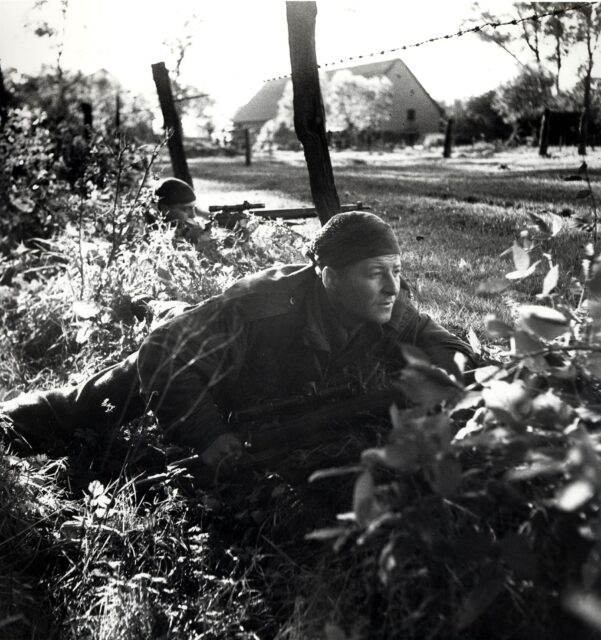
The First Canadian Army was finally given the go-ahead and put under the command of Lt. Gen. Guy Simonds. They launched their attack on October 2, 1944, fighting alone for two weeks before Field Marshal Bernard Montgomery ordered that the 52nd British Division be attached to the Canadians.
The engagement was fierce, and the troops had to deal with unforgiving terrain. They were fighting in areas that were flat, flooded and muddy, as they were largely below sea level. This made it hard for them to use armored vehicles, and they were instead forced to travel through enemy territory on exposed roads that left them open to German attacks.
By November 3, much of the area had been taken by the Allies. However, Walcheren Island remained.
Battle of Walcheren Causeway
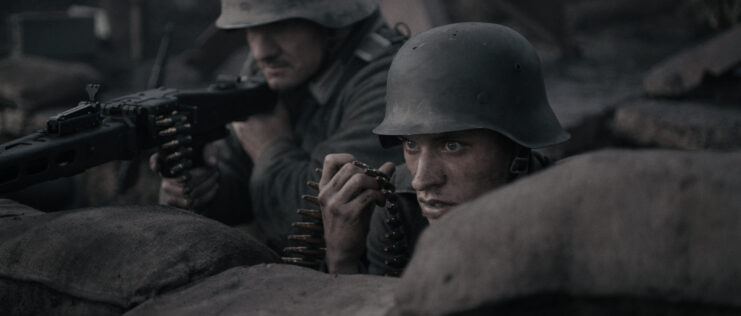
Walcheren Island was an extremely difficult position to take, as it lay at the end of a long and narrow causeway. However, it was the only way the Allies could get over to the defending Germans, as the land on either side was too wet to walk over. As well, there wasn’t nearly enough water to launch an amphibious attack. It was decided the Royal Air Force (RAF) would bomb nearby dams to flood the area, after which the troops could use amphibious vehicles.
They took Walcheren Island by launching three attacks: one over the causeway in the east, one from the west via the sea and the third from the south through the Scheldt. The First Canadian Army was tasked with attacking the causeway on October 31, 1944, and they were able to gain a foothold after a costly fight. The British then aided in securing the bridge, allowing the Allies to take the island’s capital by November 6 and secure Walcheren entirely two days later.
Suffering heavy casualties
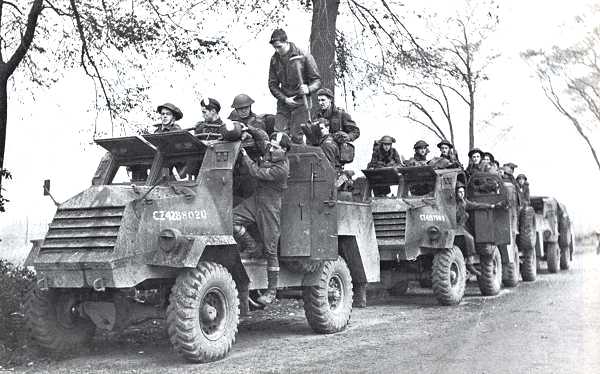
The fighting was deadly, and the Canadians suffered extremely high casualties, making the Battle of the Scheldt their bloodiest engagement of World War II. Undoubtedly, the most disastrous day of all was what became known as “Black Friday,” when the Black Watch (Royal Highland Regiment) lost their commanding officers and an additional 145 men.
The heavy losses were, in part, because of how well the Germans had entrenched themselves in their positions. The large number of casualties was also because the area provided no cover for enemy fire.
Soldier William “Bill” Davis explained, “We went across there, a thousand yards, with no cover, no nothing. The only thing that was there was beets. How the h**l we ever got across, I don’t know, because the Germans were dug into (…) the other side, which contained the railway and a roadway, the only way to get to Walcheren.”
Aftermath of the Battle of the Scheldt
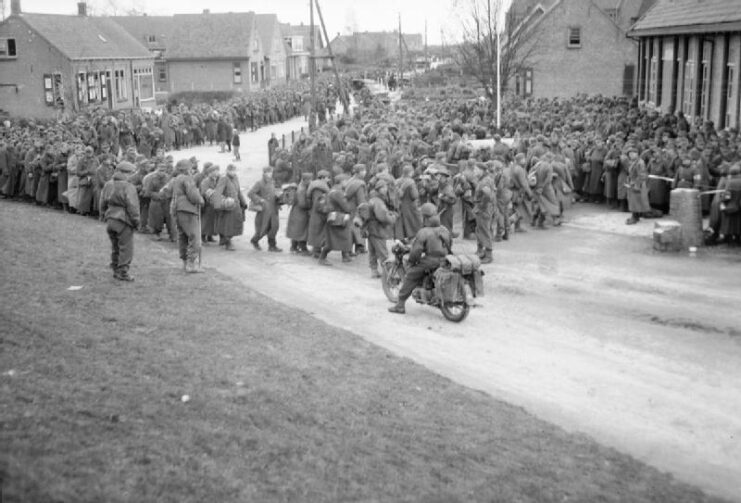
By the time the Battle of the Schedlt had ended, the Canadian First Army had taken a whopping 41,043 German prisoners and suffered over 6,000 casualties. The losses were high, but there was another major problem faced by the Canadians. Many of the men had continually pushed through from D-Day, liberating the channel ports before moving to the Scheldt. Battle exhaustion became extremely common.
More from us: Roddy Edmonds: The NCO Who Risked His Life to Save Hundreds of Jewish-American POWs
Despite the ultimate success of the Canadian forces in taking the Scheldt, many historians feel it was made needlessly difficult by the tactical decisions of Allied command. If the assault hadn’t taken a back seat to Operation Market Garden, it’s almost certain the area could have been cleared of its German occupants quickly and with fewer losses.
